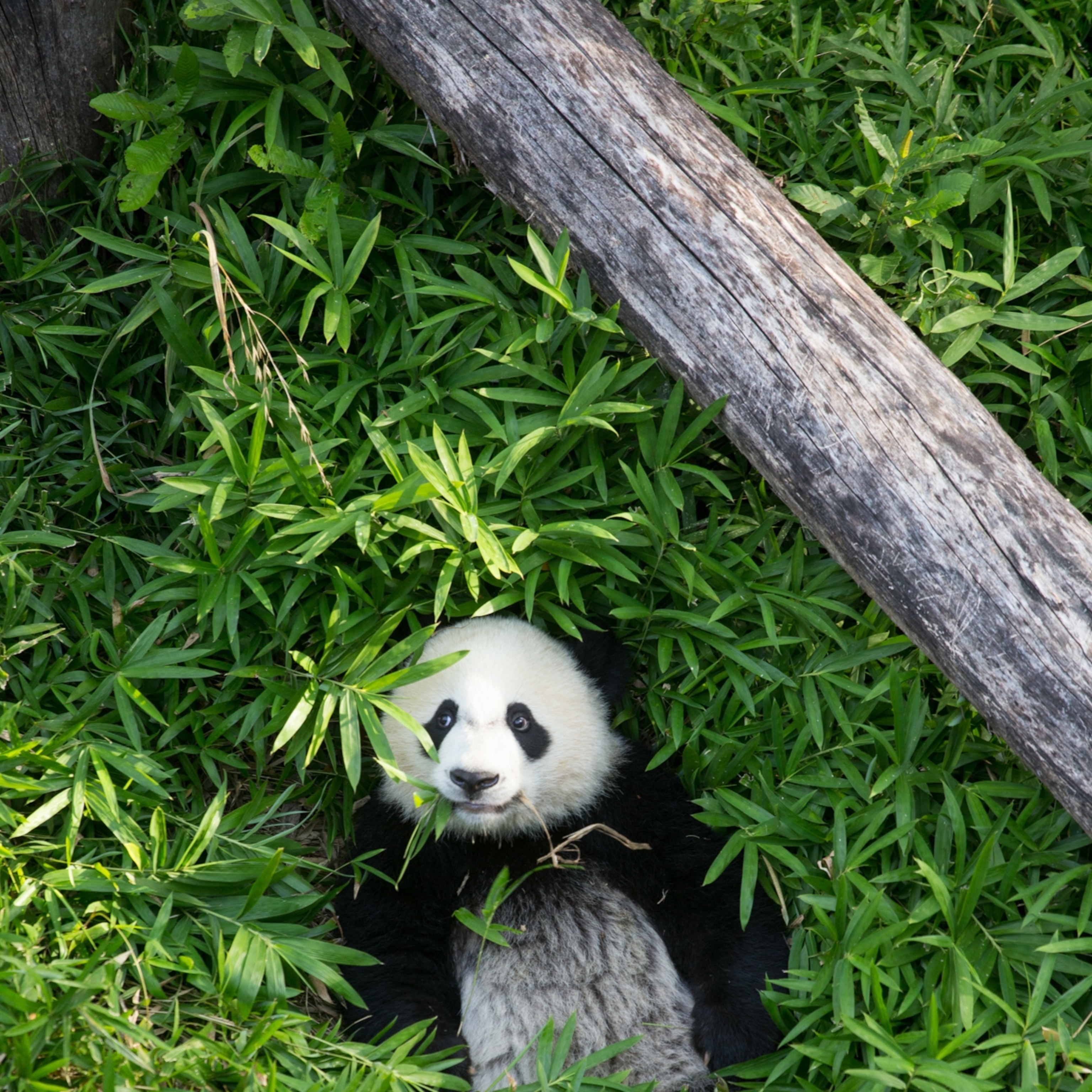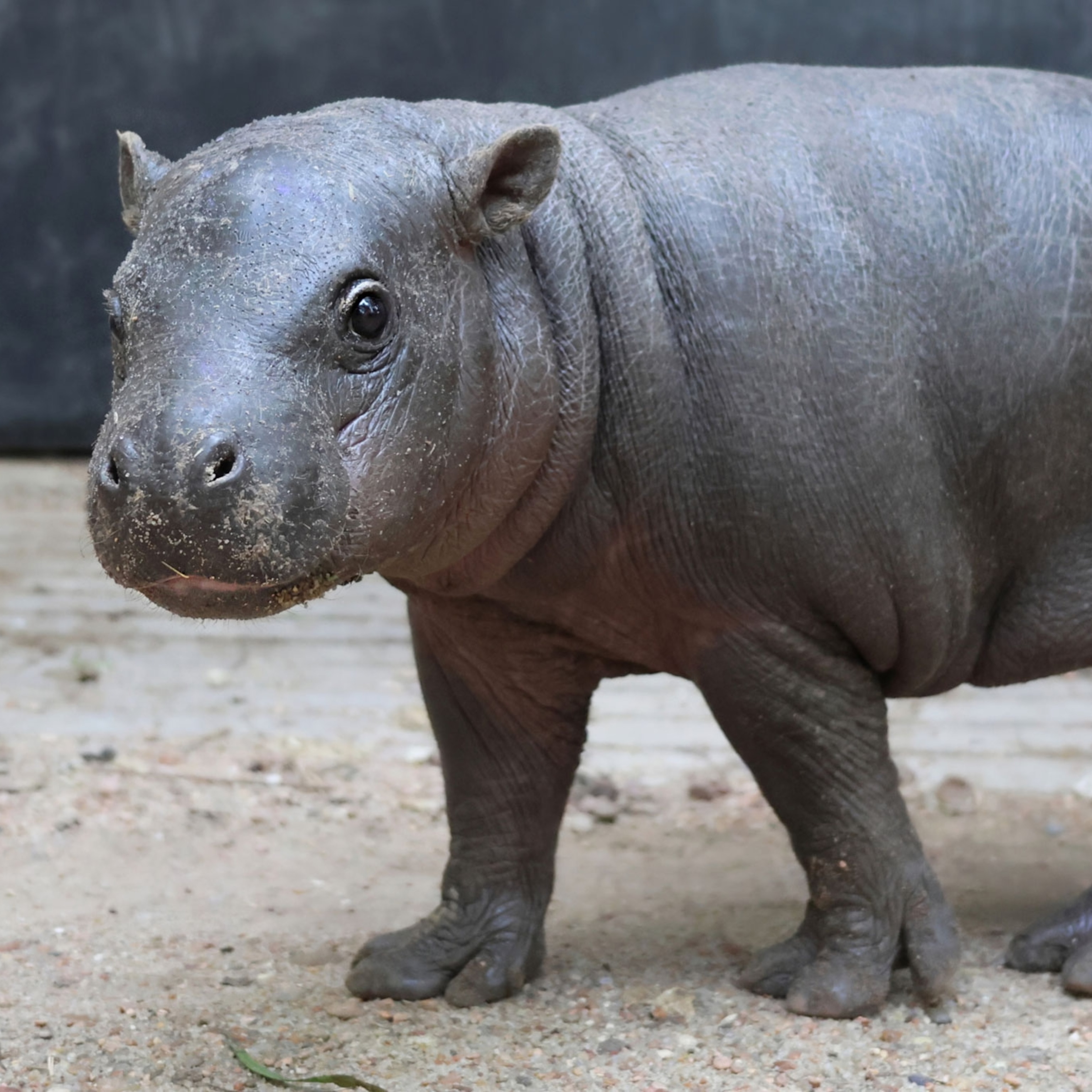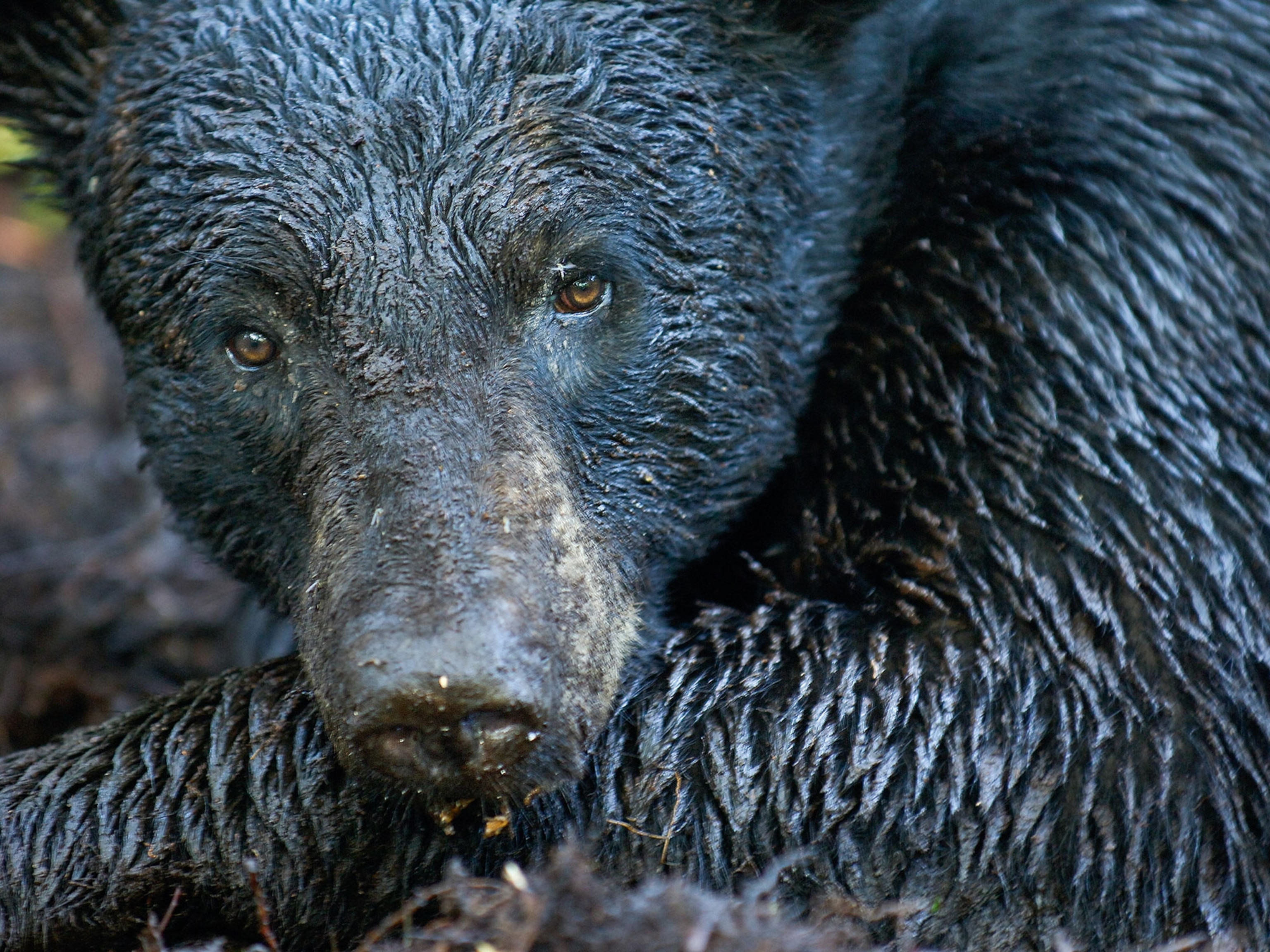Giant pandas are a popular zoo attraction in the United States. But the high cost to "rent" the black-and-white bears from China may force some zoos to close their exhibits.
Today zoos in Atlanta, Georgia; Memphis, Tennessee; San Diego, California; and Washington, D.C., rent pandas for display and research.
These four U.S. institutions must each pay an annual fee of one million U.S. dollars to the Chinese government, which retains ownership rights to the animals.
On top of that, if a cub is born—as with last summer's birth of Tai Shan at the National Zoo in Washington—the zoo is charged an extra one-time "baby tax" of $600,000.
The loan agreements, most spanning ten years, have become a financial headache for the nation's zoos.
"It's tough for a zoological institution like ours, or the other three zoos [with pandas in the U.S.], to sustain that level of spending indefinitely," said Dennis Kelly, chief executive of Zoo Atlanta.
Both Zoo Atlanta and the San Diego Zoo's panda exhibits lose money.
"It really is turning out to be somewhat of a hardship," said Don Lindburg, head of the office of giant pandas at the San Diego Zoo.
Rent-Controlled?
Informal talks are now underway with the Chinese government to slash fees on renewal agreements to keep the bears.
In May a delegation that includes representatives from the four U.S. zoos is scheduled to go to China to work, in part, on a new agreement.
Lindburg said there is some sentiment among U.S. zoos that the fee should be cut by as much as 50 percent.
If a lower cost cannot be negotiated, some institutions may give back their star attractions once their current contracts end, says David Towne of the nonprofit Giant Panda Foundation.
San Diego's contract, which ends in 2008, will be the first to expire. The last one is the Memphis Zoo's agreement, which ends in 2013.
About a year ago Towne looked at the financial health of the four U.S. panda exhibits.
"It was a little astonishing to see, in most cases, how much more it was costing the institutions than [the panda exhibits] were bringing in," he said.
China bases the fees, in part, on the economic condition of the country renting the bears.
"The Chinese think we're rich and can do anything we want," he said, explaining why he thinks U.S. zoos pay so much.
Other countries, he says, pay substantially less to rent a pair of pandas—anywhere from $250,000 to $500,000 per year.
Panda Stars
At first the high fees didn't scare U.S. zoos. Administrators thought visitor revenue and corporate sponsorship would cover the cost.
Public frenzy over the bamboo-eating bearshas, at times, reached levels usually reserved for rock stars.
Two months ago, for example, tickets to see Tai Shan, the National Zoo's new panda cub, were being hawked on the online auction site eBay for as much as $500 a pop.
All four zoos have live panda cams, and thousands of fans spend countless hours watching their favorite animals online.
"I would log on just before going to bed and early morning to see the progress of Tai Shan," Elaine Gustafson said. The Glastonbury, Connecticut, resident still checks back daily to witness the growing relationship between mother and cub.
At Zoo Atlanta visitation levels shot up by 60 percent when pandas Lun Lun (female) and Yang Yang (male) first arrived in 1999.
After a few years, though, the crowds usually dwindle while costs remain high.
"Like a number of other species, pandas are expensive to care for," Kelly, of Zoo Atlanta, said.
"They require more keeper time. They have very specialized food needs. And we chose—as every other zoo has done—to build them their own state-of-the-art exhibit."
The pandas cost about $500,000 to care for annually, Kelly said. That's five times more than for Zoo Atlanta's next most expensive animal, the elephant.
Research Funds
Despite the economic challenges, both Kelly and Towne say the money paid by U.S. zoos has helped with panda research and conservation projects in the U.S. and in China.
Reserves in China are now better protected, Towne said. Efforts have been stepped up to prevent poaching and ban logging in those areas.
In communities near the panda reserves, schoolchildren are taught the importance of preserving these national treasures.
In the wild, about 1,600 pandas roam forests scattered across six mountain ranges in southwestern China. Another 170 live in captivity.
The roughly 200-pound (91-kilogram) solitary animals come together only as adults when the female is in heat.
The rest of the time pandas communicate through scent marking—rubbing scent-producing glands on their rumps against objects—a behavior also seen in captivity.
At Zoo Atlanta researchers observe and record panda behavior, often for eight hours a day. The information is put into a scientific database for biologists.
In three years, though, if a financial agreement cannot be reached, the pandas will be sent back to China.
"We'd love to work on the panda forever," Kelly said.
"But we're not going to do it at the expense of all the other animals that are part of our mission and part of our stewardship."








